It’s time for airline loyalty programs to add value
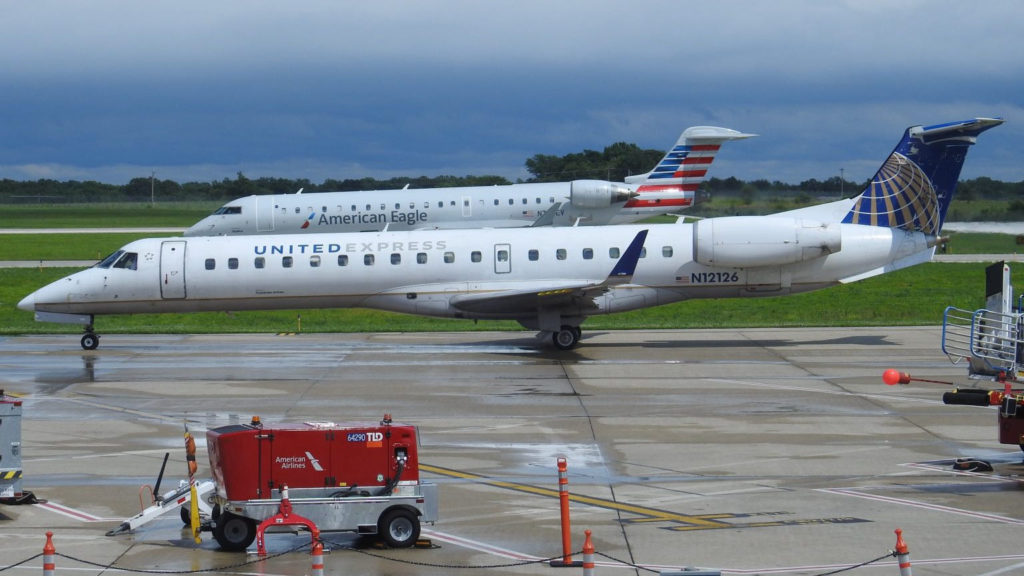
What we'll be covering
This article is an opinion piece that originally appeared on AirlineGeeks. Additional reporting by Daniel Sciberras.
Over the past several years, airlines in the U.S. have gorged on easy business, many making money hand over fist. This led to some brazen liberties taken by three major U.S. airlines to devalue their loyalty programs. The logic was simple: they were making tons of money, so what need was there for a compelling loyalty program that actually drove loyalty? And of course, there was the addition of Basic Economy fares, which punished elite travellers who were forced to pay for trips on their own dime.
All of this was terribly short-sighted, and I have been saying for years that it’s going to be a problem when the next economic downturn came around. And in 2020, we sure got that economic downturn, to the point where many airlines experienced negative net-forward bookings due to COVID-19, meaning more travellers were cancelling trips than were booking them.
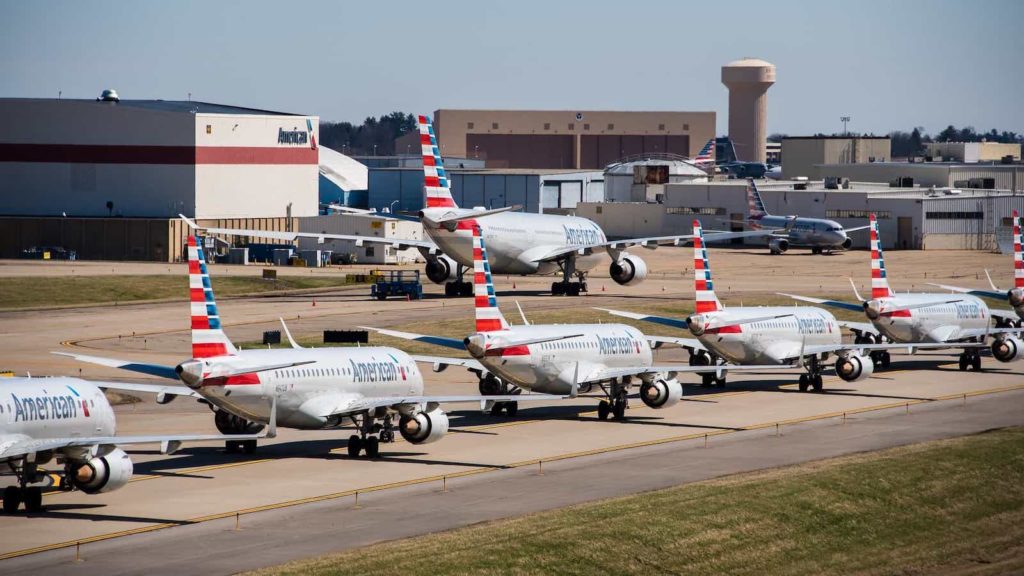
American Airlines, United Airlines and Delta Air Lines all essentially offer a commodity product. To put it plainly, there isn’t that much differentiation in Economy cabins across the carriers. And differences in punitive basic Economy fares are too nuanced for the ordinary traveller to attempt to compare, so they’re more or less considered similar for the purpose of this article.
Destruction of Loyalty Programs
Because they’re selling something so similar, airlines needed to have another place where value could come from that would drive loyalty. In recent decades, one of those areas was the loyalty program, which airlines, significantly devalued in the past few years.
The three major U.S. airlines have all made changes to their frequent flyer programs, driving value away from these programs. Delta has made the most significant changes of the three, with more excessive miles devaluations and changes to their platform to skew in favour of the airline.
The airlines’ respective marketing departments can of course create promotions to help drive people back onto planes or push people to a particular airline, but the promotions need to be lucrative enough to make that happen. But at the same time, they also can’t be too lucrative that they end up actually driving down value for the airline itself. Print too many miles and release too few seats, and the airline can no longer make money off those seats.
Delta Air Lines recently spoke about its SkyMiles members hoarding miles through co-branded credit card spend for use in the future. Any reasonable miles or points enthusiast will tell you that’s a terrible idea. Airlines rake in billions of dollars by selling their passengers a value proposition that the airlines can then unilaterally change when executives realise they’ve badly managed their programs.
In good times, Delta charged obscene amounts of miles for redemptions. But now, we’re not in those “good times.” So what is likely to happen when all that pent-up demand returns and members go to use their miles? Delta may well need to devalue its program even further. We’ll see redemption rates soar even higher as people try to burn through their glut of miles.
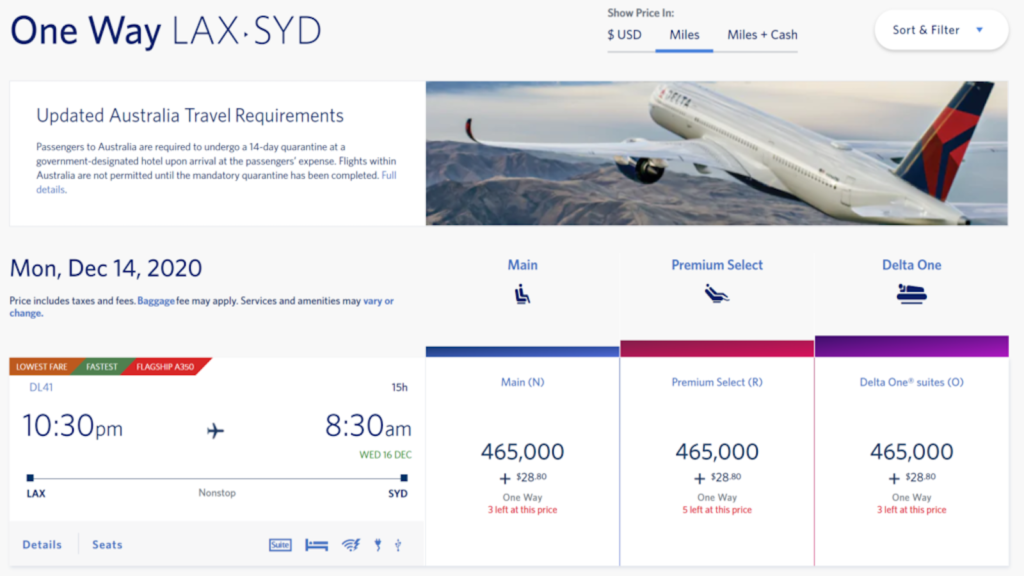
Right now, it’s simply not feasible to intelligently leverage airlines’ significantly devalued loyalty programs. And this is why we see relatively poor offerings by the airlines: In effect, they are cutting off their nose to spite their face.
Delta tried to go the “revenue premium” route by blocking middle seats on aircraft, believing the move would drive passengers to the airline. But looking at some initial third-quarter data, the strategy appeared to have underperformed as the carrier has generated less revenue per mile than its competitors.
The approach here seems to be to try to get higher-paying passengers on its planes now with the hope it will continue to do so in the future. All they would need to do that is a valuable loyalty program to help drive that returning demand.
Spirit Airlines Tries Something Smart
Spirit Airlines is one of the United States larger ultra-low-cost carriers. The airline recently announced a spectacularly well thought out revamp of its loyalty program. It gives elite status hard benefits, and it makes collecting points meaningful.
The changes have been fourfold:
- The cost of award flights has been reduced
- The expiration of miles has been extended from 90 days of inactivity to 12 months (although this is still relatively poor compared to Australian frequent flyer programs)
- Ability to pool points with up to 8 family and friends
- Ability to earn complimentary baggage and seat assignment
The beauty of the program is that it also is positioned to be profitable to the airline as well. There are higher points earning multiples on ancillary spend, which is the area of the business where Spirit makes a large fraction of its revenue and — crucially — sees the highest margins. None of the big three airlines offer any sort of increased value for purchasing ancillaries.

Spirit has put together the perfect strategy to draw leisure flyers away from the big airlines. With low mileage accrual but relatively high redemption costs, the leisure flyer doesn’t get much value from programs like AAdvantage, SkyMiles or MileagePlus.
Spirit not only offers cheap fares but now also offers a decent way to earn miles and have relatively reasonable redemptions. If it can market these benefits effectively, it will do damage to the big three airlines as leisure travel returns. Spirit can’t compete for business travellers purely because of its onboard offerings, but nearly all forecasts say any business travel is not likely to recover until 18-24 months from today, and leisure travel is going to be driving bookings for the time being.
What is the experience in Australia?
In Australia, we have been lucky to avoid the ‘dynamic pricing’ craze that has permeated throughout legacy US frequent flyer programs. Dynamic Pricing is where the cost of an award seat fluctuates based on the demand for the actual flight. This model has in effect stripped away the aspirational element for a frequent flyer by setting themselves a ‘points goal’ and working towards achieving, as the goal now keeps shifting by the day.
But with Virgin Australia looking to adopt some form of ancillary revenue model through its anticipated ‘Buy-on-Board’ Economy menu, and Jetstar having already had this model for years, the new approach implemented by Spirit Airlines in the US, with increased points earn on ancillary products, may well be something that is considered by these airlines.
Frequent flyer programs have been the lifeblood for airlines during the COVID-19 pandemic, and the competition to enrol and engage new members into their programs will be fierce.
Add to that the imminent entry of a new player in the frequent flyer market, Rex Flyer, to compete against the established Qantas Frequent Flyer and Velocity Frequent Flyer programs, and the need for these programs to remain competitively attractive and provide an attractive offering that rewards loyalty but keeps the goal of attaining valuable rewards within the reach of the average member will be more important than ever.
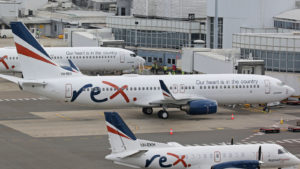

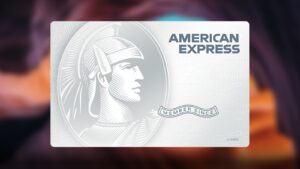



Community